Evaluating the cost performance of a disposable paper cup machine is crucial for businesses looking to invest in efficient and profitable manufacturing processes. The paper cup industry has seen significant growth due to increasing consumer demand for disposable products that are eco-friendly. A thorough analysis of cost performance helps manufacturers make informed decisions, ensuring they maximize productivity while minimizing expenses. This article will explore key factors in evaluating the cost performance of paper cup machines, including initial investment costs, operational efficiency, maintenance expenses, and overall profitability.
Initial Investment Costs
The first step in evaluating the cost performance of a disposable paper cup machine is to consider the initial investment costs. This includes the purchase price of the machine, installation fees, and any necessary modifications to existing infrastructure. When comparing different models, it's essential to look at their features and capabilities. Higher-priced machines may offer advanced technology, such as automated processes and better energy efficiency, which can lead to lower operational costs in the long run. Additionally, consider the supplier's reputation and warranty options, as these can significantly impact the total cost of ownership.
Operational Efficiency
Operational efficiency refers to how well a machine performs its intended tasks with minimal waste and energy consumption. Evaluating the speed and production capacity of a disposable paper cup machine is vital. Machines that can produce more cups per hour will generally yield a better return on investment. It's also important to assess the machine's energy consumption. An energy-efficient model may have a higher upfront cost but can save money over time through reduced utility bills. Monitoring production rates and downtime is essential to ensure optimal efficiency and identify any bottlenecks in the manufacturing process.
Material Costs
The type of materials used in the production of paper cups directly affects cost performance. High-quality raw materials can increase the production cost but may lead to better product quality and customer satisfaction. Evaluate the supply chain for these materials, as fluctuations in prices can impact overall profitability. Establishing relationships with reliable suppliers can help secure favorable pricing and ensure a steady supply of necessary materials. Additionally, consider the waste generated during production; efficient machines should minimize waste, thus reducing material costs over time.
Maintenance Expenses
Maintenance is a critical factor in the cost performance of any machinery, including disposable paper cup machine. Regular maintenance can prevent costly breakdowns and prolong the lifespan of the equipment. Evaluate the maintenance requirements of different machines, including the frequency and cost of servicing. Some machines may require specialized parts or technicians, which can increase expenses. Investing in machines known for reliability and ease of maintenance can offset these costs and contribute to a better overall cost performance ratio.
Labor Costs
Labor costs play a significant role in evaluating the cost performance of a disposable paper cup machine. Automated machines typically require less manual labor, reducing overall staffing costs. Assess the workforce needed to operate the machine efficiently and consider training costs to ensure that operators can maximize machine potential. Furthermore, analyzing the ergonomic design and user-friendliness of the machine can help reduce the risk of workplace injuries, ultimately lowering insurance costs and enhancing productivity.
Overall Profitability
To truly understand the cost performance of a disposable paper cup machine, it is essential to evaluate its overall profitability. This involves analyzing sales revenue generated from the cups produced and comparing it to the total operating costs, including materials, labor, maintenance, and overhead. Consider conducting a break-even analysis to determine how many cups must be sold to cover costs and start generating profit. Additionally, market demand and pricing strategies can significantly influence profitability, so staying informed about industry trends is vital.
Conclusion
In conclusion, evaluating the cost performance of a disposable paper cup machine requires a comprehensive analysis of various factors, including initial investment costs, operational efficiency, material costs, maintenance expenses, labor costs, and overall profitability. By taking a holistic approach, manufacturers can make informed decisions that not only enhance productivity but also improve financial outcomes. Ultimately, investing in the right paper cup machine can lead to sustainable growth in an increasingly competitive market, ensuring long-term success.




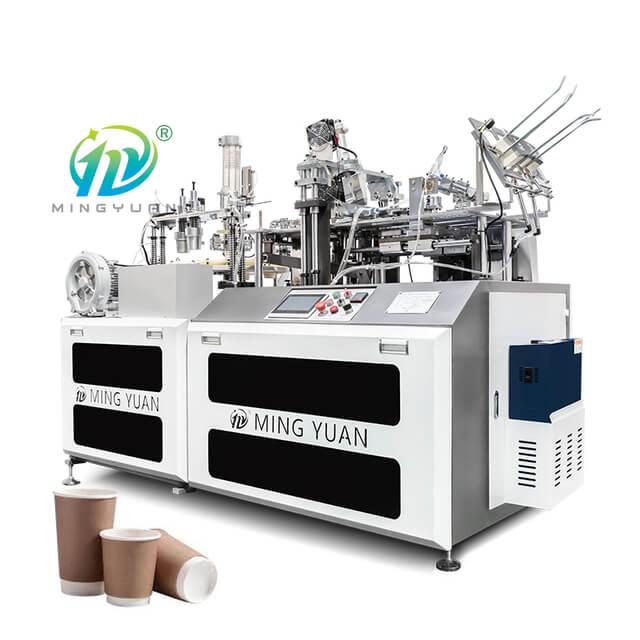
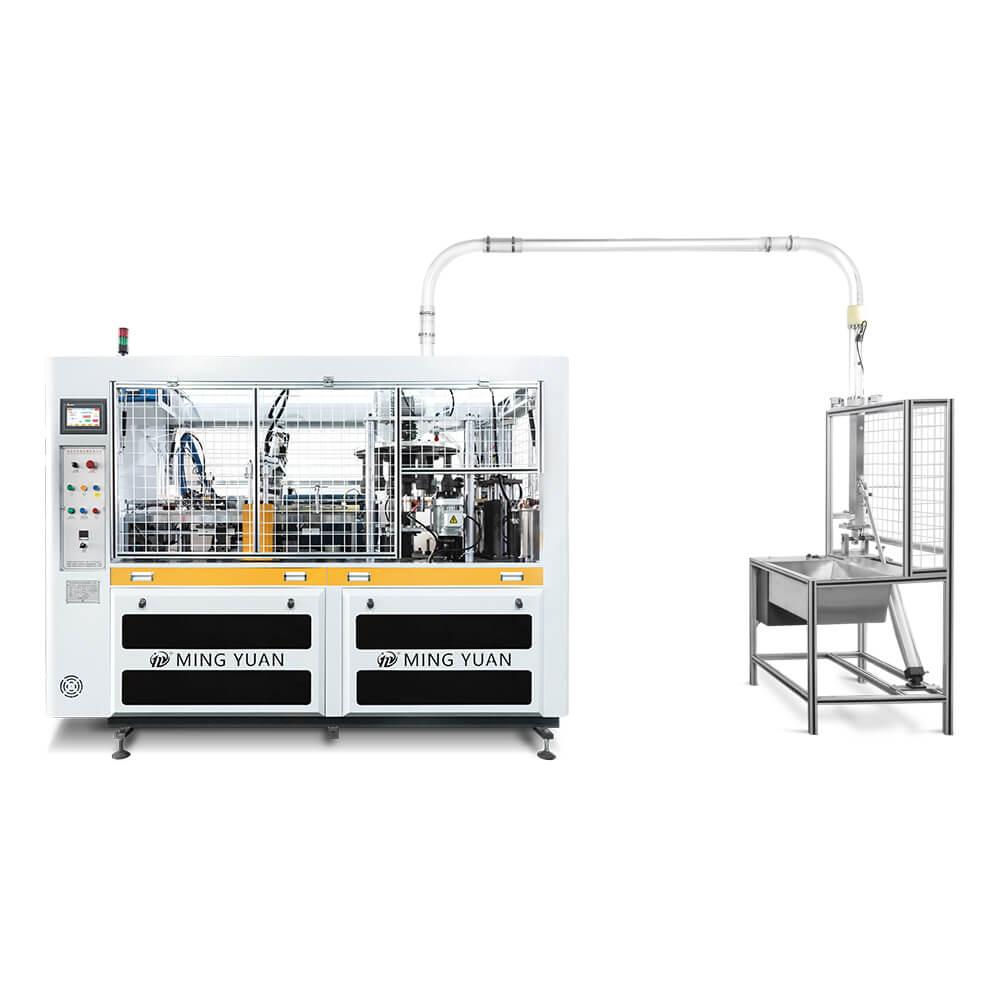
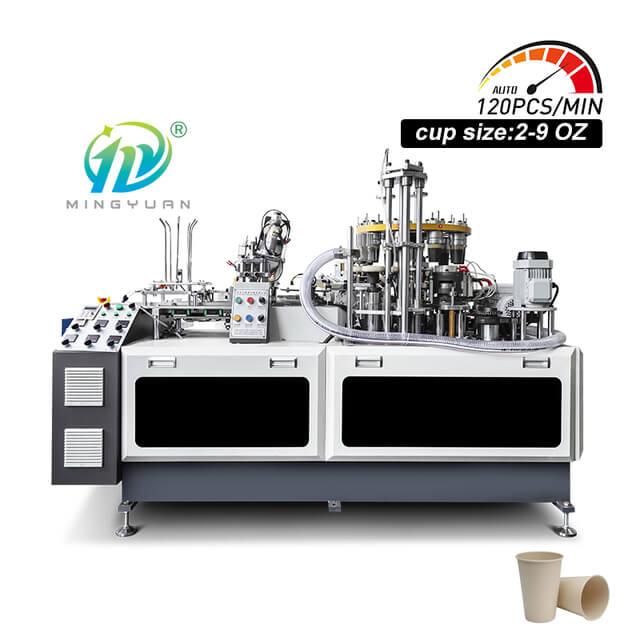
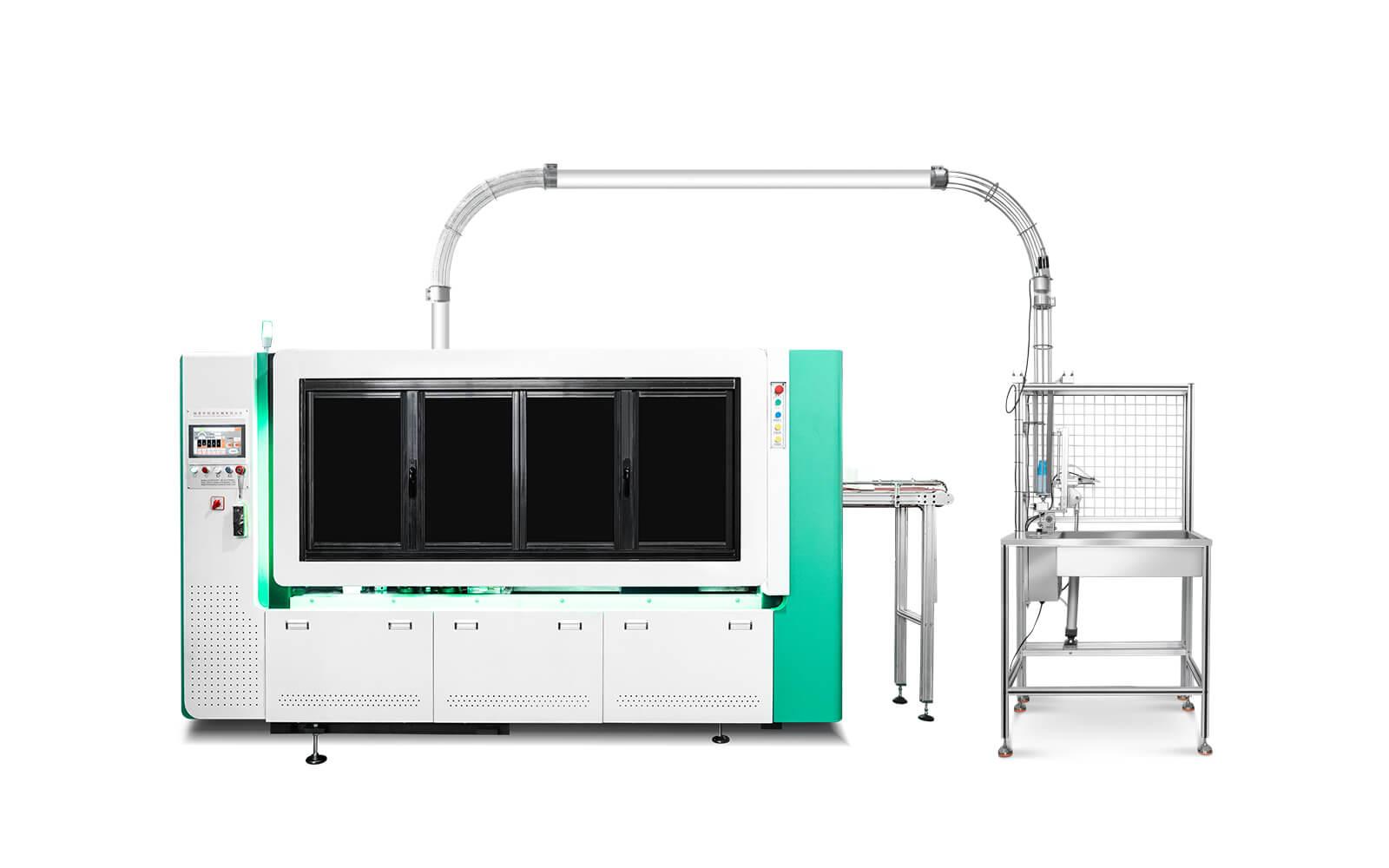

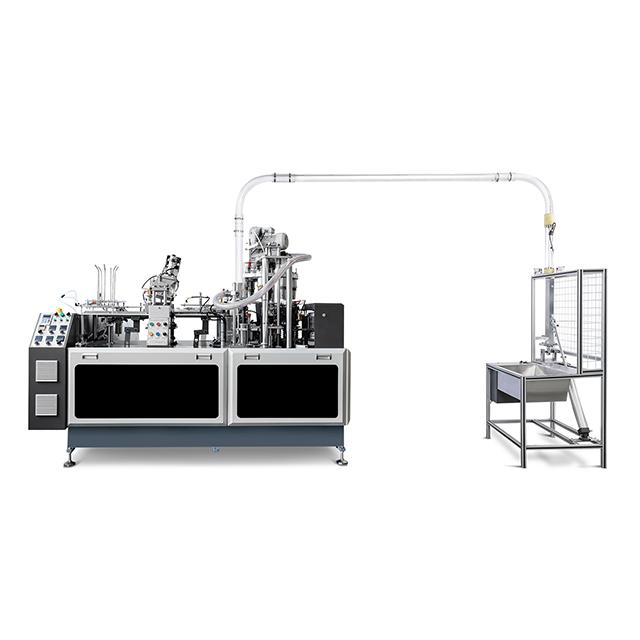
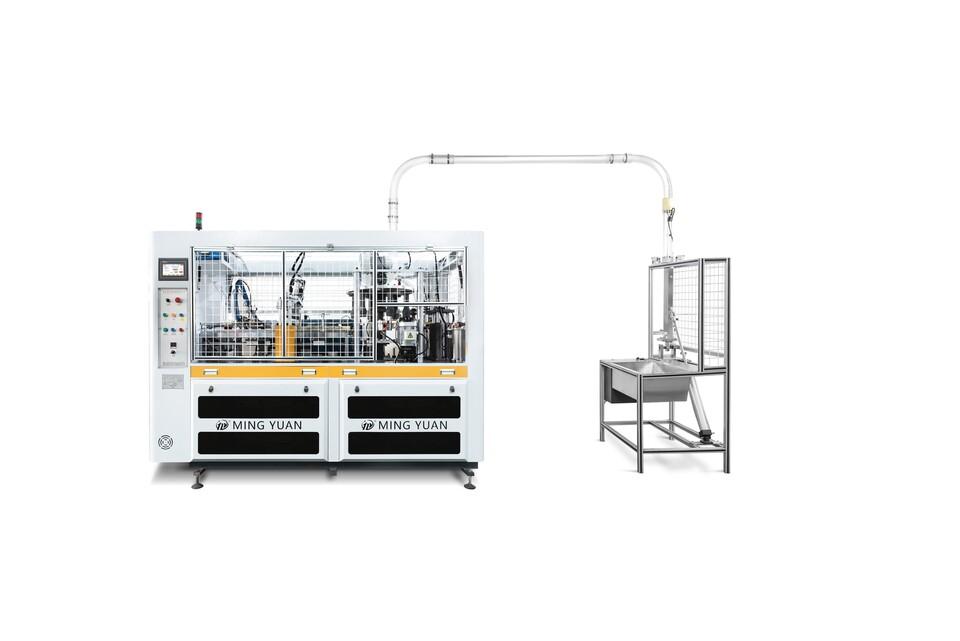
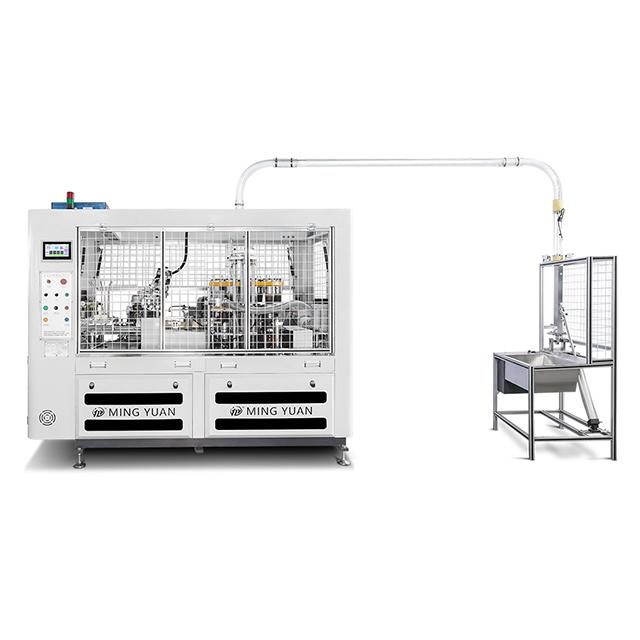

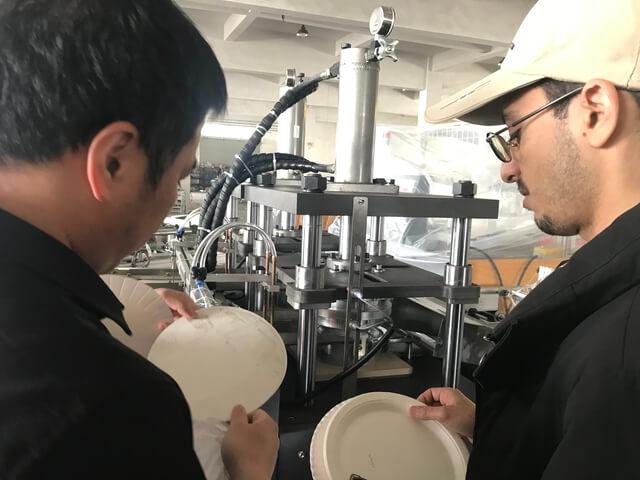
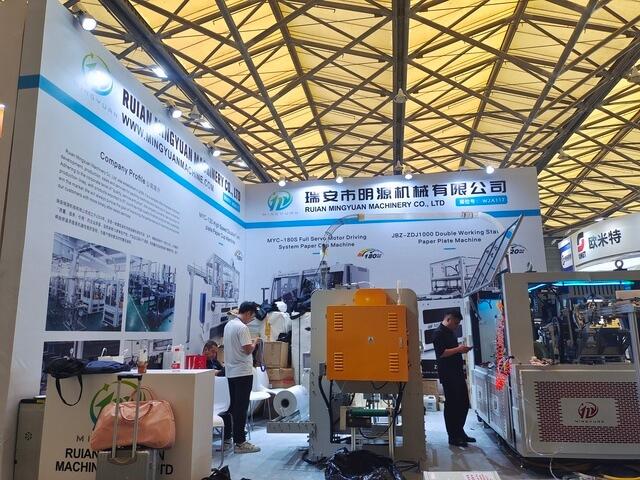

 Tel: +86-19057361870 / +86 577 65567060
Tel: +86-19057361870 / +86 577 65567060  Email: paperproductwholesaler@gmail.com
Email: paperproductwholesaler@gmail.com MP/WhatsApp: +86-19057361870
MP/WhatsApp: +86-19057361870 Manufacturer Address:No.1588, Huaming Road, Feiyun Street,Ruian City Zhejiang Province -325200 China
Manufacturer Address:No.1588, Huaming Road, Feiyun Street,Ruian City Zhejiang Province -325200 China




